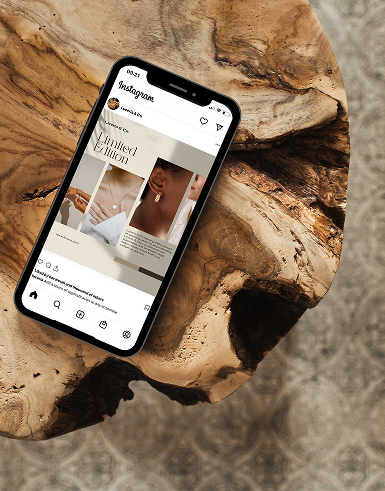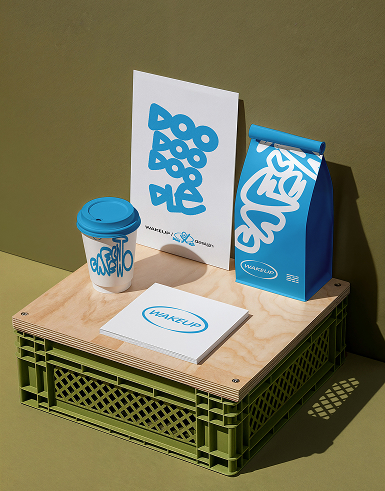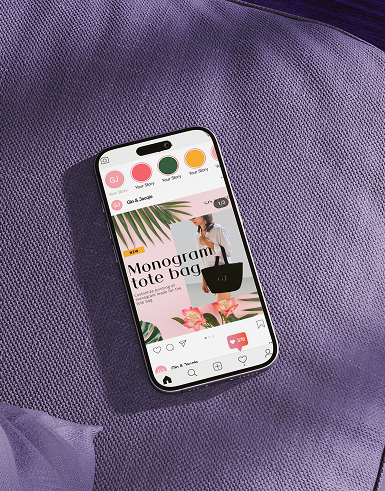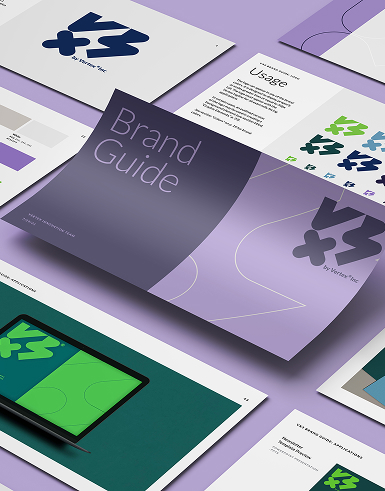7 Elements of Design: The elements of art and design are the tools of visual arts. Aside from being functional, a good design is aesthetic. In business, good design must always be considered because this is a powerful instrument to be recognized and to have a lasting impression; it is a visual language that speaks to your target market.
Creating a design that moves people is carefully combining the elements in different ways and applying the right principles to create a visual representation of an idea. Sometimes a design contains only one or two elements, sometimes they have all the elements. In this article, I will be providing a simple definition of each element together with a well-known logo that evidently illustrates each of these elements.
1. Line
Line is a point in motion, and is one-dimensional. A line conveys a mood or a feeling. We often describe lines with different attributes such as free, nervous, angry, happy, quiet, excited, calm, graceful, or many other qualities. Lines may run horizontally, vertically or diagonally; they may be straight, curved, dotted, wavy, thick or thin. One function of line is it organizes and direct the eye of the observer, leading them through the design giving direction and communicating movement. You see lines somehow forming the letters on Sony's sub-brand's logo. The name VAIO and its logotype were created as the collective name and logo of Sony PC products. VAIO stands for Video Audio Integrated Operation. Representing an integration of analog and digital, the logotype consists of a sign wave that represents analog, and the numbers 1 and 0 that represent digital.
7 Elements of Design: Line (Sony Vaio)
2. Color
Color is defined as the aspect of the appearance of objects and light sources that may be described in terms of hue, lightness, and saturation. This is one of the most powerful elements of design. Aside from applying the color theories in creating a design, designers also consider the color's meaning and symbolism.
BP's logo signifies all forms of energy; the green and yellow combination is that of Helios (God of the Sun).
7 Elements of Design: Color
3. Texture
Texture is the quality of a surface. It represents the surface's look and feel. We describe the feel of things as being soft, hard, smooth, rough, wet, dry, and so on. The Mazda logo is a silver design that looks like hard, metallic steel. The symbol stands for Mazda’s determination to “pursue ongoing improvements to drive powerful, continuous growth”, expressed by a pair of wings shaped like a letter M in an oval. The V-shaped wings are also suggestive of Mazda’s flexible thinking, creativity, vitality, kindness and resilience.
7 Elements of Design: Texture
4. Size
Size is simply how big or small something is. The size that you apply to an area or component in your design will determine how important it is. Properly lay-outing the size of each component in your design makes its overall look functional, attractive and organized. The sample logo has the word "Home" that is bigger than the other two words in the logo. The Home Depot offers a wide range of tools, construction products, and services for home improvement. The Home Depot emblem is rather minimalistic and has a DIY feel, which goes with the company’s core values pretty well.
7 Elements of Design: Size
5. Shape
A shape is any two-dimensional area, measured by their height and width, that is defined by boundaries such as with lines or color, and can also be created with negative space.
7 Elements of Design: Shape
A shape as a closed line may also serve the functions of lines, giving direction and leading the observer visually. Shapes are used to add interest and substance to a piece of graphic design work. They can be used as a decoration, can be symbolic, and can be used to create patterns and textures. Mitsubishi's famous three-diamond logo is suggestive of the three-leaf crest of the Tosa Clan, Yataro's first employer, and also of the three stacked rhombuses of the Iwasaki family crest.
7 Elements of Design: Shape
6. Space
Space creates the visual essence and dynamic of a composition. In design, there are two types of space: Positive Space refers to the shapes of objects or anything that is considered the main focus of the page and Negative Space is the empty space or the space between the visual elements, which can also be the background color of the design. Negative space provides balance, helps frame and contain a composition, and highlights your positive space.
7 Elements of Design: Space
7 Elements of Design: Space
7. Value
Value refers to lightness or darkness of a given object, area or color in grayscale. It covers the contrast between light and dark on a scale from white to black. Contrast is essential for identifying objects particularly for the legibility of type. The Mastercard Symbol is a modern and flexible brand design optimized to work seamlessly across the digital landscape. The red color prompts courage and passion with joy, whereas yellow hints at prosperity. It speaks that the key to richness is not only money, but through MasterCard.
7 Elements of Design: Value
Good design is good business. Aside from having a logo designed in line with what you do, as well as your business's values and objectives, the visual aspect of your brand must be attractive enough to get your prospective customer's attention and interest. Putting together different elements in creating a design that is moving, striking, and easily recognizable is essential to ensure that your marketing efforts pay off, and help you effectively achieve your business goals.


















